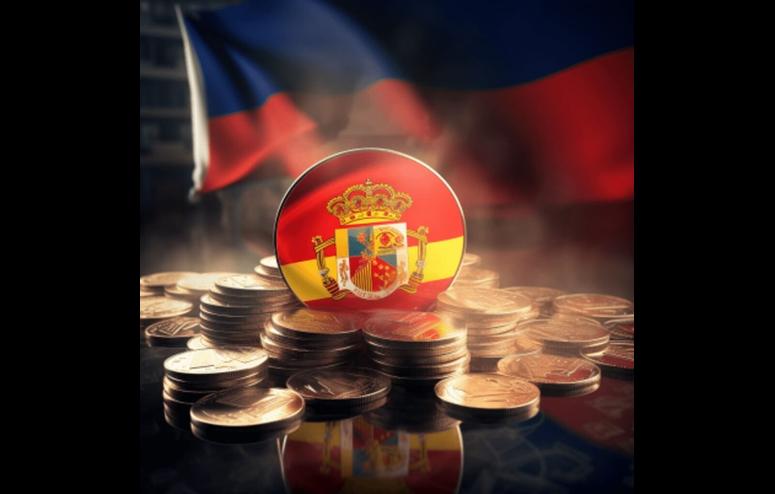Bank of Spain champions the digital euro: A deep dive into its potential | Cryptopolitan

TLDR Banco de España emphasizes the digital euro’s ability to enhance electronic payments by merging the benefits of cash and digital transactions, ensuring robust privacy in both offline and online modes.
The preparation phase for the digital euro has been initiated, with a potential roll-out by 2025, reflecting a unified European vision for a cohesive digital economic landscape.
Madrid – On October 19, Banco de España, the central banking institution of Spain, unveiled its perspective on the much-discussed digital euro. This statement came amidst a series of endorsements from various European banks and was aimed at informing the public about the possible advantages of embracing a central bank digital currency (CBDC) for the European Union.
Tapping into the digital realm
Physical cash, although nostalgic and still functional, is increasingly seen as an outdated mode of transaction in our rapidly digitalizing world. Banco de España argues that relying solely on tangible currency may not allow society to reap all the benefits that come with the growing wave of digitalization. In essence, the bank believes that the digital euro will take electronic payments from being a mere option to a crucial component of the financial infrastructure.
The essence of this move is to harmonize the advantages of cash with the benefits of digital transactions. Electronic payments, especially in this age of e-commerce and online transactions, are not just a convenience but a necessity. They offer swiftness, traceability, and in many cases, more security than traditional methods. By introducing the digital euro, the European Union can potentially ensure that its member states remain at the forefront of this evolving digital economic landscape.
Privacy and security: The dual edge of the digital euro
One of the standout features of the digital euro, as emphasized by Banco de España, is its potential for offline transactions. This allows the currency to offer a level of privacy comparable to cash. The importance of this cannot be overstated. In an era where concerns over data privacy are on the rise, a currency that offers anonymity can be a significant game-changer.
However, there are certain clarifications that the bank found necessary to share. While the digital euro might offer cash-like privacy in its offline form, online transactions will still mean that users’ data is accessible. But, and this is crucial, this data will be visible solely to their financial institutions. The overarching infrastructure provider for the digital euro, the Eurosystem, will not have access to this data. This delineation is crucial in assuaging concerns that the introduction of a CBDC might lead to overarching surveillance or breach of user confidentiality.
The timeline and Europe’s unified vision
As outlined in the recent release, the preparation phase for the digital euro officially began on October 18. This crucial phase is projected to run till 2025, after which the digital euro might be rolled out, given the necessary approvals. It is essential to note that the final green light on introducing a pan-European CBDC has not been given yet. This preparatory period will be instrumental in streamlining the rules governing the digital currency and identifying the institutions that will be charged with its issuance.
This sentiment of ushering in the digital euro isn’t unique to Spain. The Bank of Finland has been quite vocal about its positive outlook toward the CBDC. Board member Tuomas Välimäki went so far as to label it as “the most topical project” in the European payment sector, indicating the weight and importance the project holds.
Furthermore, adding more weight to this movement, the European Central Bank (ECB) took to the digital sphere on October 25 to share a dedicated landing page. This page, serving as a primer on the digital euro, tantalizingly promises an “easier life” and a more cohesive, “stronger Europe.” Earlier in the month, the governing council of the ECB heralded the initiation of the digital euro project’s “preparation phase,” further cementing the collective European vision.
Conclusion
The possible introduction of the digital euro is a testament to Europe’s commitment to innovation and progress. By combining the best features of both tangible cash and electronic payments, the European Union is poised to redefine the way its citizens transact and interact economically. As we closely monitor this preparatory phase, it’s evident that the future of finance in Europe might just be a digital one.
